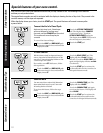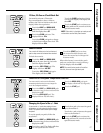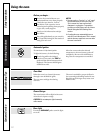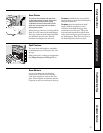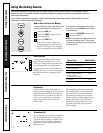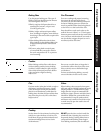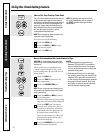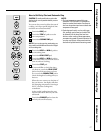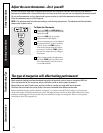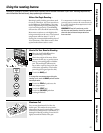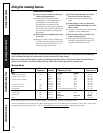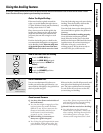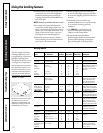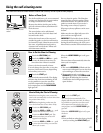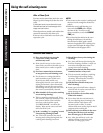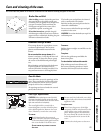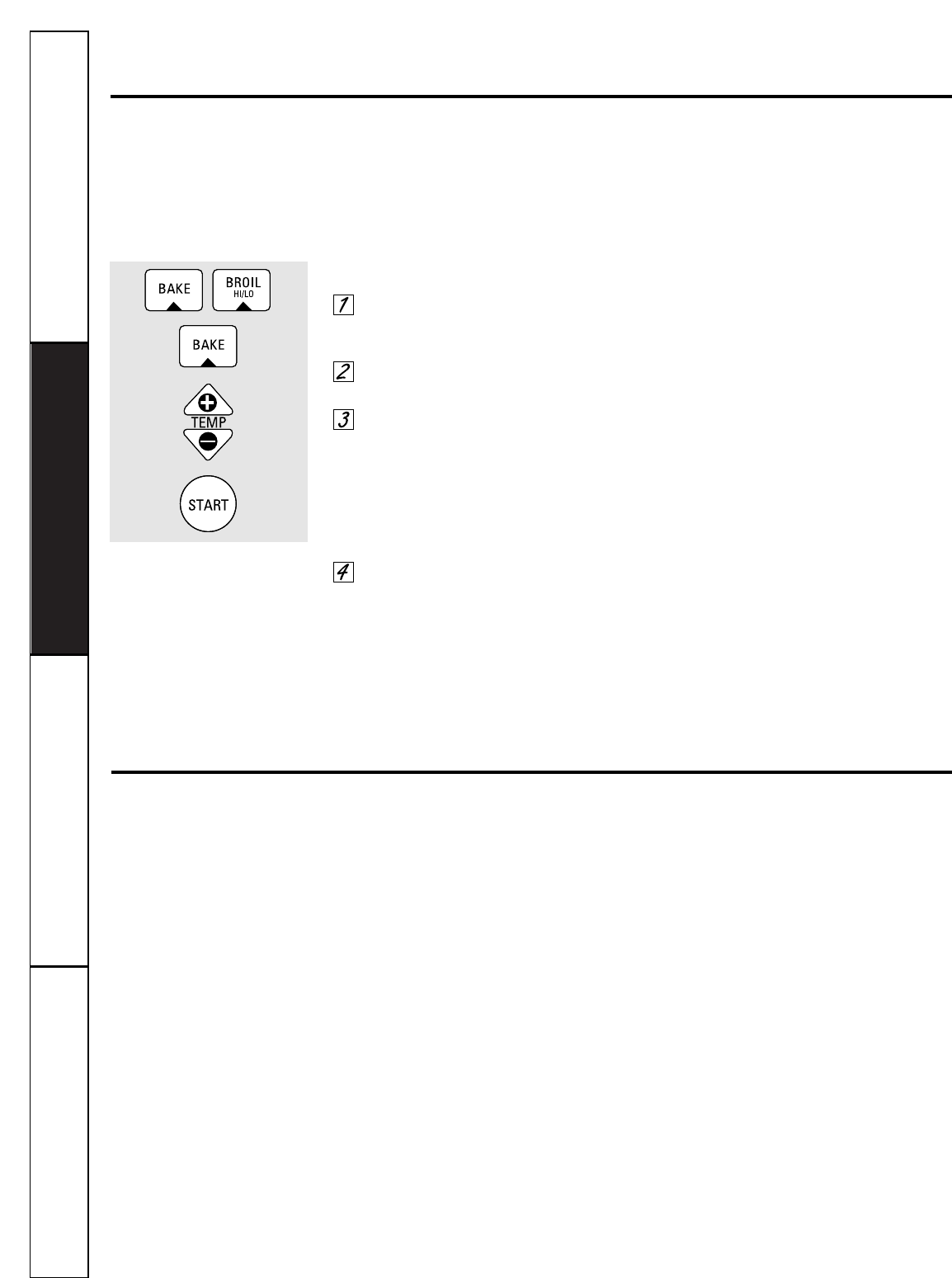
18
Operating Instructions Safety InstructionsCustomer Service Troubleshooting Tips
To Adjust the Thermostat
Touch the
BAKE
and
BROIL HI/LO
pads
at the same time for 2 seconds until the
display shows
SF
.
Touch the
BAKE
pad. A two-digit
number shows in the display.
The oven temperature can be adjusted
up as much as 35°F. or down as much
as 35°F. Touch the
TEMP +
pad to
increase the temperature in 1-degree
increments. Touch the
TEMP –
pad to
decrease the temperature in 1-degree
increments.
When you have made the adjustment,
touch the
START
pad to go back to the
time of day display. Use your oven as
you would normally.
Adjust the oven thermostat—Do it youself!
You may find that your new oven cooks differently than the one it replaced. Use your new oven for a few weeks to
become more familiar with it. If you still think your new oven is too hot or too cold, you can adjust the thermostat yourself.
Do not use thermometers, such as those found in grocery stores, to check the temperature setting of your oven.
These thermometers may vary 20–40 degrees.
NOTE: This adjustment will not affect the broiling or self-cleaning temperatures. The adjustment will be retained in
memory after a power failure.
The type of margarine will affect baking performance!
Most recipes for baking have been developed using high-fat products such as butter or margarine (80% fat).
If you decrease the fat, the recipe may not give the same results as with a higher fat product.
Recipe failure can result if cakes, pies, pastries, cookies or candies are made with low-fat spreads.
The lower the fat content of a spread product, the more noticeable these differences become.
Federal standards require products labeled “margarine” to contain at least 80% fat by weight. Low fat spreads,
on the other hand, contain less fat and more water. The high moisture content of these spreads affects the texture
and flavor of baked goods. For best results with your old favorite recipes, use margarine, butter or stick spreads
containing at least 70% vegetable oil.



